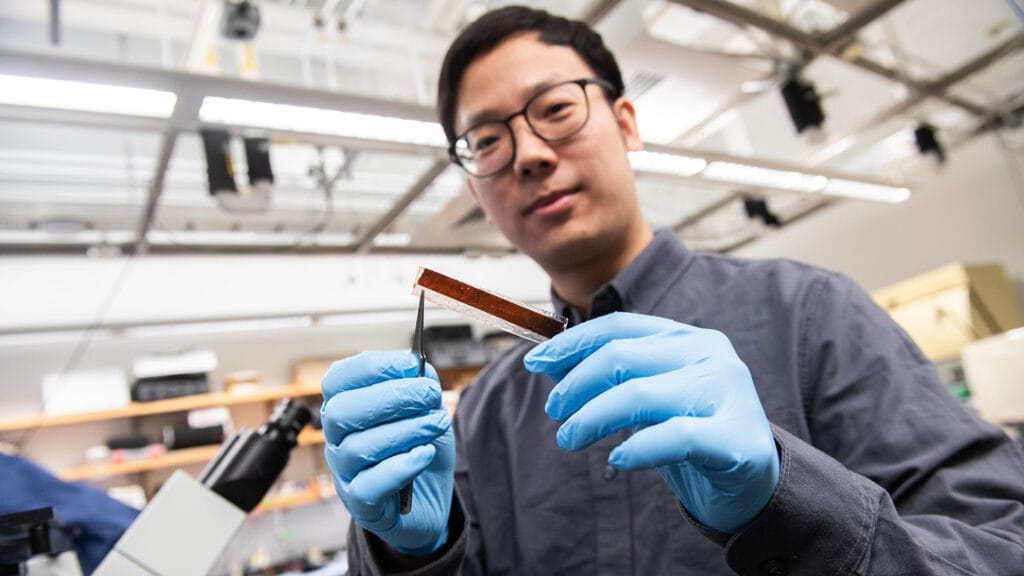

It’s light as a feather and its light generates electric power: the item sounds like a riddle, but it’s actually a novel pacemaker tool that could provide a minimally invasive way to regulate proper heart function.
The new pacemaker prototype, developed by scientists at the University of Chicago, was successful in trials and led one of the researchers to label the tool “a new frontier” for implanted heart technology.
Just more than 2 million older adults in America are living with pacemakers, according to Yale Medicine. In addition, approximately 30% of assisted living residents have some form of heart disease.
That means managing heart monitoring and treatment tools often are a major issue for caregivers in community settings.
The new pacemaker model, which is made from a lightweight, flexible membrane, uses the fiber optic light to trigger precise electric impulses to different parts of the heart, to maintain healthy heart rhythms, investigators explained.
Not only is the insertion of the material meant to be minimally invasive, but the tiny pacemaker is meant to dissolve within the body without causing harm. Although that makes for a temporary solution to heart disease, the researchers said they were exploring how to create designs for different life spans.
Moreover, the light-activated tool eventually could be used for neurologic disorders as well, the researchers touted.
The need to develop safer, less intrusive interventions for older adults with heart conditions has spurred innovation over the past few years.
Another dissolvable device, focused on post-surgery heart monitoring, is in development. Not only are scientists developing lighter materials that can be used for implants, but flexible sensor patches are also being developed for use as electrocardiograms, the McKnight’s Tech Daily reported earlier this month.


